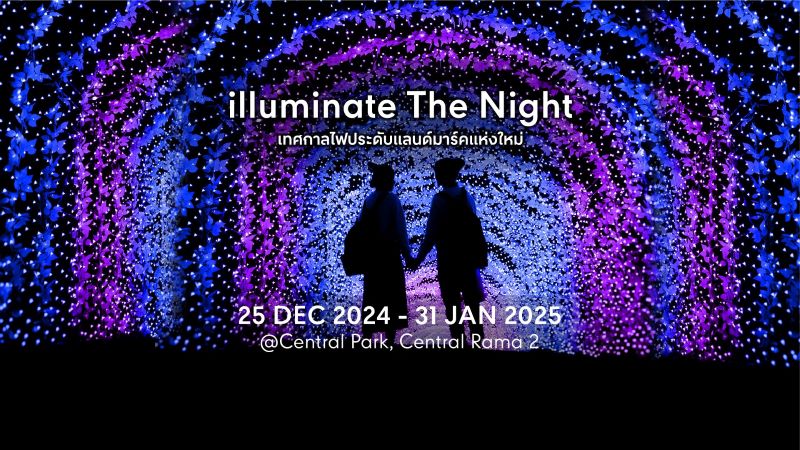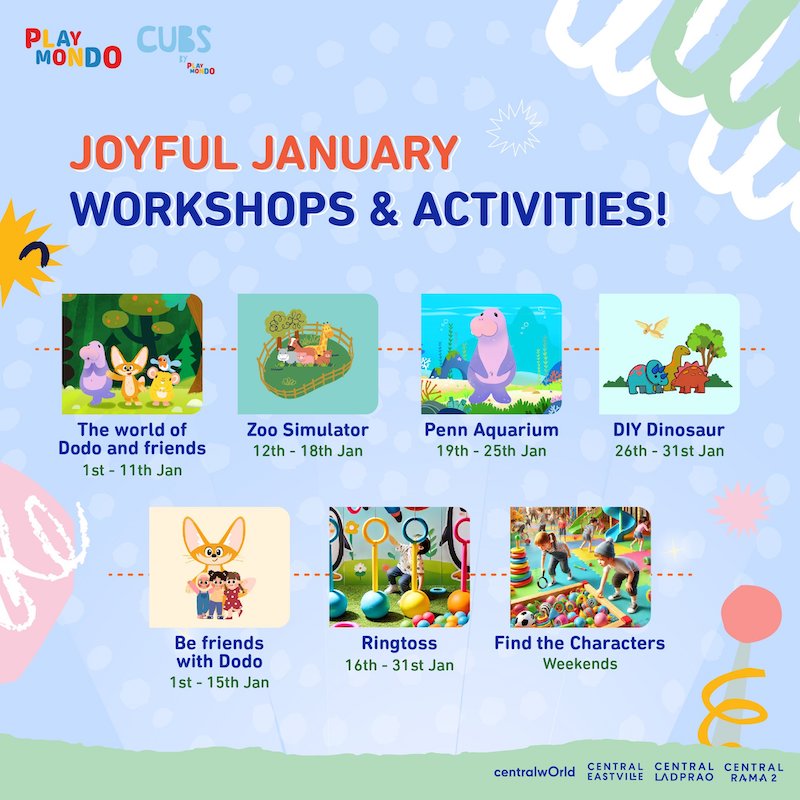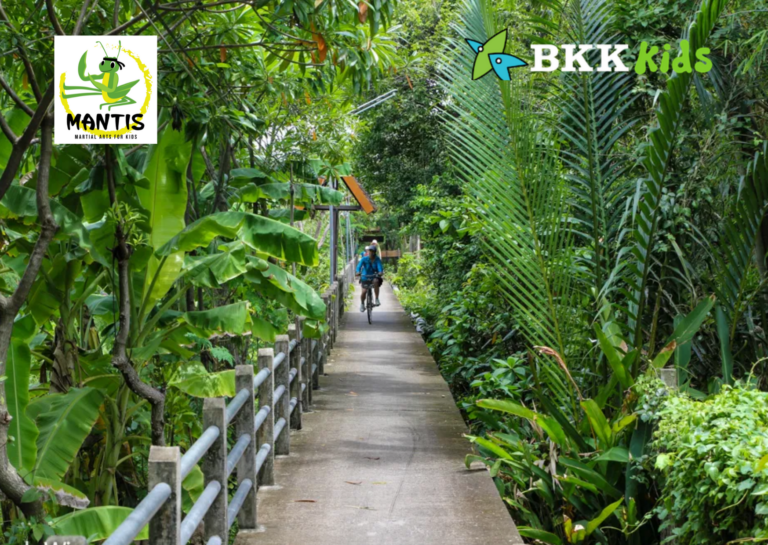“Just off to Laos for a few days” I text my mum, envisioning the eye-rolling envy it will generate. It must seem strange to friends in Europe that I’m “popping across to Laos/Cambodia/Vietnam” for a week or even a few hours (my record was in and out of Cambodia in under five minutes). But other expats and tourists will be familiar with the necessary visa runs from Thailand. It can seem an unwanted hassle, but one must marvel at how fortunate we are to be able to explore beautiful countries with relative ease and affordability. Time it right and you have the perfect excuse for a family holiday away from busy Bangkok.
This time, my destination was Vientiane, Laos.
Pros:
- It’s tiny (you can cycle around the whole town – oops, I mean “city”)
- Similar language to Thai
- Thai baht accepted
- Easy to reach
- A familiar culture – nothing too unexpected for fussy kids (or adults!)
Cons:
- It’s tiny – after a few days you may want to venture beyond the cosy capital
- Pricier than Thailand (but not by much)
- A familiar culture (look elsewhere for a less Thai-like experience)
Overview:
‘Sleepy’ does not even begin to describe Vientiane. Southeast Asia’s smallest capital makes Snow White’s little friend look like Speedy Gonzales. Okay, that’s a little unfair, but compared to hectic Bangkok, the little city on the Mekong is a refreshing haven of relaxation. Right on the Thai border, Vientiane is a short flight or overnight bus ride from Bangkok and its culture and language are near identical to those of Northern Thailand. It is easy to get around with basic Thai and most if not all places accept Thai baht. If you’re staying longer than a day or two though, it is worth exchanging baht for Lao kip to avoid unfavourable on-the-spot exchange rates. Prices are higher than Thailand but not by too much. Street food is about twice the Thai price, around 60 to 100 baht, but budget accommodation and souvenirs are about the same.
What to do:
- Rent a bike for 30 to 40 baht per day and explore the city on wheels. All of Vientiane’s worthwhile sights are easily pedaled or walked to.
- Stroll along the Mekong waterfront at dawn or dusk to catch fishermen casting their nets from longboats and sweethearts picnicking on the embankment. The promenade, lined with bars, restaurants and cafes, stretches along the city front before turning into a dirt track towards the west.
- Peruse Talat Sao, the Morning Market, for fresh and dried food, souvenirs and Lao silks.
- Tour the vast night market of clothes, electronics and souvenirs. Stalls spring up along the waterfront daily from about 5pm.
- Join the nightly aerobics along the waterfront. Be warned though: the Laotians give the Thais a run for their money on bootie-shaking endurance! Come sundown the gentle Lao people turn into a formidable force of power Zumba-ing fitness fanatics.
- Experience a Lao silk-dyeing and weaving workshop at the Houey Hong Vocational Training Centre for Women. Tours and workshops of the centre are available on demand from their True Colour shop in Vientiane.
- Visit Mulberries Fair Trade store to marvel at the utility of the mulberry bush, from soaps and cleaning products to teas and silks. There is a small exhibition about silk-making, and you can tour their Organic Silk Farm near the Plain of Jars in Northern Laos.
What to see:
- Patuxai – Ironically, the Laotians decided to celebrate liberation from the French with a monument bearing an undeniable resemblance to Paris’ Arc de Triumph, save for the beautiful Buddhist artwork covering its ceiling and walls. Its name literally means “Gate of Triumph”. It stands proudly in the middle of Patuxai Park and you can pay to climb to the top for a city view.
- That Dam monument – no, I’m not being sacrilegious that’s actually its name! According to legend, That Dam, or “Black Stupa”, housed a seven-headed dragon to protect the city from Siamese invaders. Unfortunately this didn’t stop the Siamese from pillaging the gold that once covered it. Now a mound of weeds in the middle of a roundabout, That Dam is hardly eye-candy but worth a fleeting visit, if only for the name. If you’re feeling peckish you can visit That Dam Noodle Shop or That Dam Wine House for an irreverent lunch.
- COPE visitor centre – this incredible place deserves an article to itself. Located by the Centre for Medical Rehabilitation, COPE supports Lao people with mobility disabilities, predominantly victims of America’s “secret war” in Laos. Laos is the most bombed country on the planet, thanks to the CIA-supported Hmong war against communism. The centre describes the terrible and lasting impact of cluster munitions and other unexploded ordinance devices (UXOs), which remain scattered around Laos. Informative but not harrowing, it is child-friendly and explains how COPE supports victims through tailor-made artificial limbs and rehabilitation. You can even try your skills with a fake leg (don’t worry – no need to saw one off first!). Watch documentaries about UXOs and COPE in English and other languages and visit the Karma Cafe for coffee with a conscience. Open 9.00 – 18.00 every day, free entry.
- Pho That Luang is a golden stupa said to contain a hair and bone of the Buddha. That Luang Festival in November or October is the most important festival in Laos. Join the crowds for mass festivities and fireworks! There is a 10,000 kip entry fee for foreigners.
- Wats, wats and more wats – unsurprisingly (or perhaps surprisingly, given Laos is a communist state) there are no end of Buddhist temples (wats) in Vientiane. They won’t astound anyone familiar with Thai temples, but still deserve a visit.
- Wat That Khao, next to Pho That Luang, features a large reclining Buddha and beautiful bright murals covering the ceiling and walls, depicting Buddha’s life like scenes from a children’s storybook.
- Wat Sokpaluang lies in a more green and peaceful setting on the city outskirts. It hosts free English language meditation sessions every Saturday from 4 to 5:30pm .
- Wat Sisaket is Vientiane’s oldest temple and monastery.
Where and what to eat:
- Lao food is near-identical to Northern Thai food and there is no end of international cuisine available, including Korean, Italian, French, Japanese, Indian, Malay, Mexican, Belgian and even a Scandinavian Bakery.
- There are several vegetarian options, with many “jay” restaurants and buffets and even a vegan cafe.
- Seafood restaurants overlook the Mekong along the riverfront and a boat restaurant floats or sits in the grass depending on the season.
- The French influence on Laos is evident: road and official building signs are in French and Lao. And although Thais are proud of their historical independence from Western Imperialism, it does mean a severe lack of baguettes. Thankfully Laos, like Vietnam and Cambodia, kept the French taste for good coffee and croissants. There are plenty of bakeries and baguette stalls and many hotels include a Western breakfast in the room rate.
- For fans of a good vintage there are several wine bars and shops to explore. Perhaps another favourable French legacy!
If after a few days you’re getting itchy feet, take a day trip:
- Visit Buddha Park (Wat Xieng Khuan) – tour vans and public buses from Vientiane leave daily to this attraction east of the Thai-Laos Friendship Bridge, which reviews variouslydescribe as . The curious park is full of Hindu and Buddhist sculptures, including a giant concrete pumpkin. Open daily 08:00-17:00, 4,000 kip entry fee; 3,000 kip camera fee
- Go hiking, biking, and swimming in Phou Khao Khouay National Park. Catch a bus or Tuk Tuk or join a group adventure with Green Discovery.
- For a longer trip venture north to Vang Vieng, the formerly infamous tubing and party town, or delightful Luang Prabuang.
Register your email address here and we’ll notify you when new articles get uploaded.




















